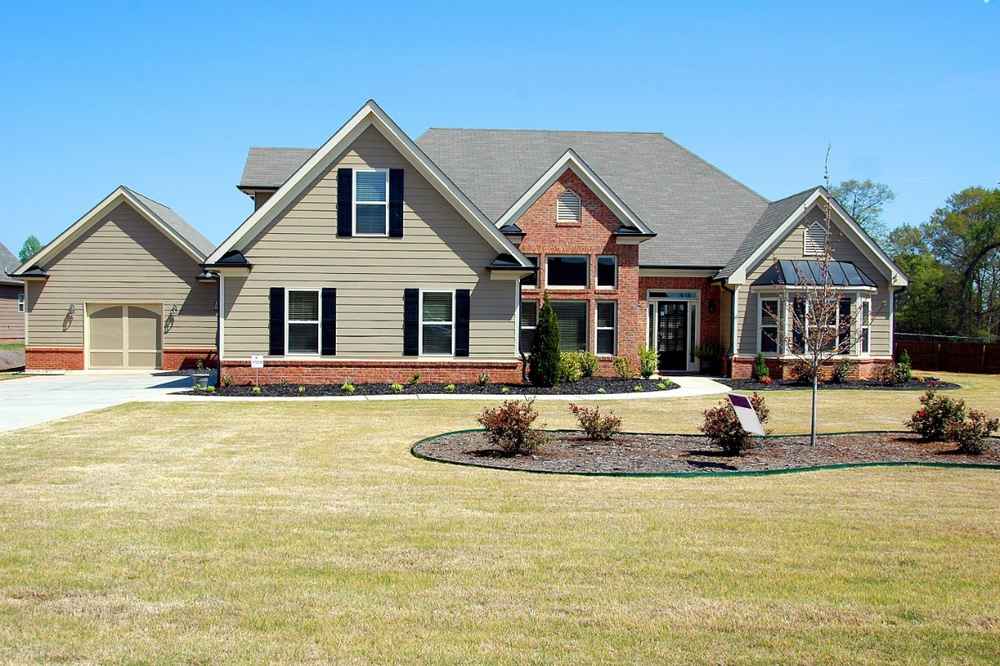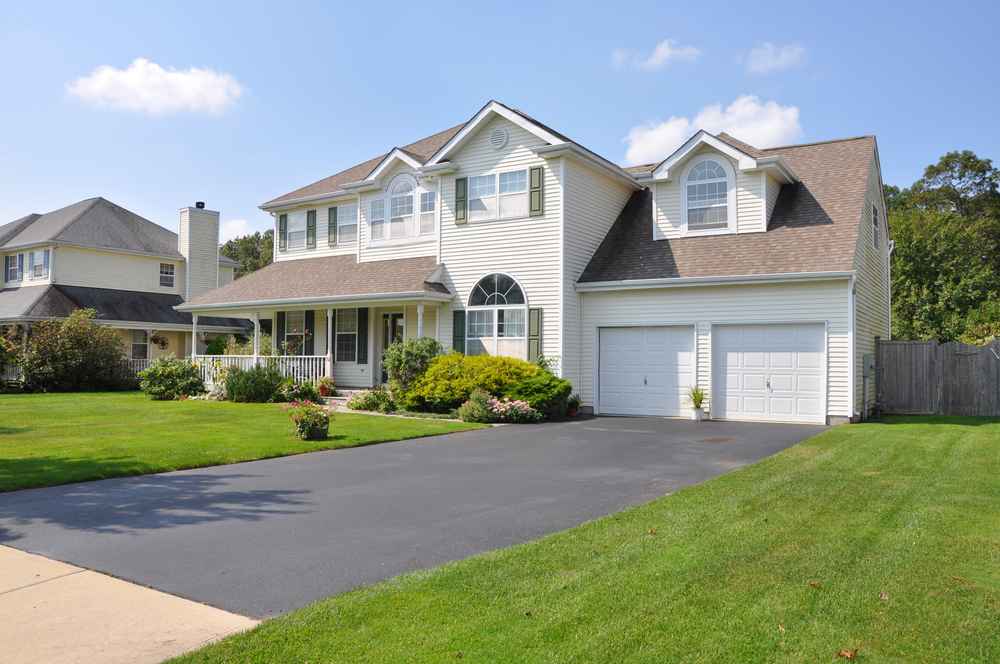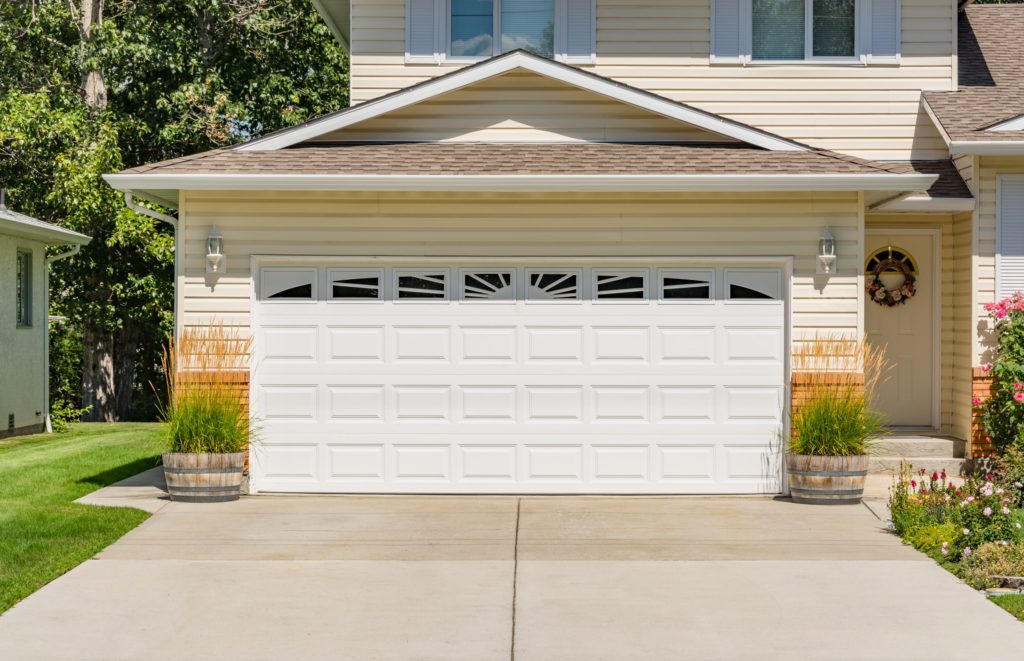Maintaining Residential Roof: Maintenance Tips for Prolonging the Life of Your Roof
Imagine this: you’ve just returned from a long day at work, eager to relax in the comfort of your home. As you walk towards your front door, you look up and notice something unsettling—your roof appears worn and neglected. For many homeowners, the roof is an afterthought until problems arise. However, routine maintenance can significantly extend the life of your residential roof, saving you from costly repairs and premature replacements. In this guide, we’ll unveil essential maintenance tips that will help you keep your roof in top condition for years to come.
Regular Inspections: Catch Problems Early
Regular roof inspections are a cornerstone of effective roof maintenance, playing a crucial role in prolonging the life of your residential roof. By scheduling routine checks, homeowners can catch problems early before they escalate into more significant and costly issues. A comprehensive roof inspection involves examining all components, including shingles, flashing, gutters, and ventilation systems. This allows for the identification of minor damages such as loose or missing shingles, small leaks, or early signs of wear and tear. Addressing these issues promptly not only prevents further deterioration but also enhances the overall durability and performance of the roof.
During regular inspections, roofing professionals can also assess the condition of critical areas that are prone to damage. For instance, they will check around chimneys, skylights, and vent pipes where water intrusion is more likely due to improper sealing or wear. Inspections after severe weather events are particularly important, as storms can cause hidden damage that may not be immediately visible. Catching and repairing storm-related issues quickly can prevent water damage, mold growth, and structural compromises. By leveraging the expertise of local roofing professionals, homeowners ensure that their roofs are thoroughly examined and any potential problems are efficiently addressed.
In addition to professional inspections, homeowners can take proactive steps to maintain their roofs between scheduled check-ups. Keeping the roof clean and free of debris, such as leaves and branches, helps prevent moisture buildup and reduces the risk of moss and algae growth. Regularly cleaning gutters and downspouts ensures proper drainage, preventing water from backing up and causing damage to the roof and foundation. Homeowners should also be vigilant for signs of damage such as water stains on ceilings or walls, which can indicate hidden roof leaks. By combining professional inspections with diligent home maintenance, homeowners can effectively extend the lifespan of their residential roofs, ensuring long-term protection and peace of mind.

Residential Roofing
Clean Gutters and Downspouts: Prevent Water Damage
Clean gutters and downspouts are vital for maintaining the health and longevity of your residential roof. These components play a critical role in directing water away from your home’s structure, preventing damage to the roof, walls, foundation, and landscaping. When gutters and downspouts become clogged with leaves, twigs, and other debris, they can cause water to back up and overflow onto the roof and siding. This excess water can seep under shingles, leading to leaks, mold growth, and rotting wood. Regular cleaning ensures that water flows freely through the gutters and downspouts, reducing the risk of such damage and helping to maintain the structural integrity of the roof.
Homeowners should aim to clean their gutters at least twice a year, typically in the spring and fall, to remove accumulated debris. However, more frequent cleaning may be necessary if there are overhanging trees or after severe weather events. Using a sturdy ladder, gloves, and a gutter scoop, debris can be manually removed from the gutters. It’s also essential to check for any signs of damage, such as holes, rust, or loose brackets, and make repairs as needed. For downspouts, ensure they are clear of obstructions by running water through them and checking for smooth, uninterrupted flow. If blockages are detected, a plumber’s snake or high-pressure hose can be used to clear them.
In addition to manual cleaning, homeowners can take preventive measures to keep gutters and downspouts in optimal condition. Installing gutter guards can help reduce the amount of debris that enters the gutters, minimizing the need for frequent cleaning. Ensuring that gutters are properly sloped allows water to drain efficiently towards the downspouts. Regularly inspecting and maintaining the entire drainage system helps identify potential issues early, such as sagging gutters or disconnected downspouts, which can be promptly addressed. By keeping gutters and downspouts clean and functional, homeowners can prevent water damage, protect their roofs, and extend the overall lifespan of their homes. This proactive approach not only preserves the aesthetic appeal of the property but also safeguards its structural health.
Trim Overhanging Branches: Reduce Risks
Trimming overhanging branches is a crucial maintenance tip for extending the life of your residential roof. Branches that hang over or touch the roof can cause significant damage in various ways. During storms, strong winds can cause these branches to scrape and bruise the shingles, leading to granule loss and weakening their protective function. Moreover, larger branches can break off and fall onto the roof, causing severe damage such as punctures or broken shingles. By regularly trimming overhanging branches, homeowners can prevent physical damage to the roof and maintain its structural integrity.
In addition to direct damage, overhanging branches create an environment conducive to debris accumulation. Leaves, twigs, and other organic matter can fall onto the roof and collect in gutters, leading to clogs that impede proper water drainage. This debris can also trap moisture against the roof’s surface, promoting mold, mildew, and algae growth, which can deteriorate the roofing materials over time. Regularly trimming branches not only prevents debris buildup but also improves sunlight exposure and airflow over the roof, which helps in keeping the roof dry and free from organic growth that can compromise its durability.
Furthermore, trimming overhanging branches enhances overall safety and reduces risks associated with pests. Trees close to the roof provide a route for rodents, insects, and other pests to access the home, potentially leading to infestations. These creatures can cause additional damage by chewing on roofing materials or nesting in the attic. Maintaining a safe distance between tree branches and the roof can deter pests and reduce the likelihood of infestations. Additionally, trimming branches can prevent them from interfering with power lines or causing electrical hazards during storms. Overall, regular maintenance that includes trimming overhanging branches is essential for protecting the roof, ensuring safety, and prolonging the lifespan of the residential property. This proactive measure helps homeowners safeguard their investment and enjoy long-term peace of mind.

Roofing Service
Remove Debris: Keep It Clear
Removing debris from your residential roof is a fundamental maintenance task that can significantly prolong its lifespan. A clean roof is less likely to suffer from issues such as water damage, mold growth, and structural deterioration. Leaves, twigs, and other debris can accumulate on the roof’s surface and in the gutters, creating pockets where moisture can collect and remain trapped. This persistent moisture can lead to the decay of roofing materials, resulting in leaks and weakening the overall structure. Regularly clearing debris ensures that water can flow freely off the roof and into the drainage system, preventing potential damage and maintaining the roof’s integrity.
In addition to preventing water damage, keeping the roof clear of debris minimizes the risk of moss, algae, and lichen growth. These organisms thrive in damp, shaded environments created by accumulated debris. Moss and algae can hold moisture against the roof’s surface, accelerating the deterioration of shingles and other materials. They can also penetrate the roofing material, causing further damage and reducing its effectiveness in protecting the home. By routinely removing debris, homeowners can reduce the conditions that promote the growth of these harmful organisms, thereby preserving the roof’s functionality and appearance.
Furthermore, regular debris removal helps in identifying and addressing minor issues before they escalate into major problems. While cleaning the roof, homeowners or roofing professionals can inspect for signs of damage such as cracked or missing shingles, rusted flashing, or loose nails. Early detection of these issues allows for timely repairs, which can prevent more extensive and costly damage down the line. Additionally, a clean roof enhances the overall aesthetic appeal of the home, contributing to improved curb appeal and property value. By maintaining a debris-free roof, homeowners can ensure the long-term protection, functionality, and beauty of their residential property, ultimately extending the life of their roof and safeguarding their investment.
Check and Repair Flashing: Seal Vulnerable Areas
Checking and repairing flashing is a critical maintenance task for prolonging the life of your residential roof. Flashing, typically made from metal or rubber, is installed around joints, chimneys, vents, skylights, and other roof penetrations to direct water away from these vulnerable areas. Over time, weather conditions, temperature fluctuations, and normal wear and tear can cause flashing to deteriorate or become loose. Damaged or improperly sealed flashing can lead to water infiltration, which is one of the most common causes of roof leaks. Regular inspections and timely repairs of flashing are essential to ensure a watertight seal and protect the underlying roofing materials from moisture damage.
When inspecting flashing, it’s important to look for signs of wear such as rust, cracks, or gaps where the flashing has separated from the roof surface or adjoining structures. Additionally, check for missing or damaged caulking around the edges of the flashing. Any identified issues should be addressed immediately to prevent water from seeping into the roof deck and causing rot, mold growth, or structural damage. Small repairs, such as resealing gaps with roofing cement or replacing sections of damaged flashing, can be done relatively quickly. For more extensive damage, it may be necessary to replace the flashing entirely to maintain the integrity of the roof’s waterproofing system.
In addition to routine inspections, proactive maintenance can help extend the lifespan of roof flashing. Ensure that debris is cleared away from areas where flashing is installed, as accumulated leaves and dirt can trap moisture and accelerate deterioration. Moreover, consider applying a protective coating to metal flashing to prevent rust and corrosion. By keeping the flashing in good condition, homeowners can effectively seal vulnerable areas of the roof, preventing water damage and preserving the overall health of the roofing system. This diligent maintenance not only enhances the roof’s durability but also contributes to the long-term protection and value of the home, providing peace of mind for homeowners.

Professional Roofing Services
Address Moss and Algae Growth: Protect Your Roof’s Integrity
Addressing moss and algae growth is essential for maintaining the integrity of your residential roof. Moss and algae thrive in damp, shaded environments, often appearing as green or black streaks on the roof’s surface. While they might seem harmless, these organisms can cause significant damage over time. Moss tends to grow in between shingles, lifting them and allowing water to seep underneath, leading to rot and leaks. Algae, on the other hand, can cause shingles to deteriorate by breaking down the protective granules on their surface. Regularly inspecting and treating your roof for moss and algae can prevent these issues and help prolong the life of your roofing materials.
To effectively address moss and algae growth, start with regular roof inspections, particularly in humid climates or areas with significant tree cover. If you notice any signs of growth, it’s important to clean the roof promptly. Use a gentle roof cleaning solution specifically designed to kill moss and algae without damaging the shingles. Apply the solution according to the manufacturer’s instructions, and use a soft-bristled brush to remove the organisms carefully. Avoid using high-pressure washers, as they can damage the shingles and reduce the roof’s lifespan. For persistent or widespread growth, consider hiring a professional roofing contractor to ensure safe and thorough removal.
Preventative measures can also be taken to protect your roof from future moss and algae growth. Trimming overhanging branches allows more sunlight to reach the roof, reducing the damp conditions that encourage growth. Installing zinc or copper strips along the ridge of the roof can also help, as rainwater will carry trace amounts of these metals down the roof, inhibiting the growth of moss and algae. Additionally, ensure that your gutters are clean and functioning correctly to prevent water from pooling on the roof. By addressing moss and algae proactively, homeowners can maintain their roof’s structural integrity, enhance its appearance, and extend its overall lifespan. This vigilant approach ensures that the roof remains a durable and effective barrier against the elements, safeguarding the home for years to come.
Ensure Proper Attic Ventilation: Maintain Temperature Control
Ensuring proper attic ventilation is a fundamental aspect of prolonging the life of your residential roof. Adequate ventilation helps maintain temperature control and moisture balance in the attic, which directly affects the longevity of your roofing materials. During the summer months, high temperatures can cause attic heat to accumulate, leading to an overheated roof deck and potential shingle damage through warping or cracking. In the winter, poor ventilation can result in warm air from the living spaces rising into the attic, melting snow on the roof, and causing water to refreeze at the eaves. This process creates ice dams, which can lead to leaks, water damage, and compromised structural integrity. By ensuring proper ventilation, you mitigate these risks and enhance the durability of your roof.
Achieving effective attic ventilation involves a balanced system of intake and exhaust vents. Intake vents, typically found at the soffits or eaves, allow cool, fresh air to enter the attic. Exhaust vents, located near the ridge or peak of the roof, enable hot, moist air to escape. This continuous airflow cycle helps to regulate the attic temperature and reduce moisture buildup. Regular maintenance should include inspecting these vents to ensure they are free of obstructions like insulation, debris, or nests. Keeping the vents clear ensures that air can flow freely, maintaining a healthy environment for both the attic and the roof. Additionally, checking for signs of wear or damage and making necessary repairs will keep the ventilation system functioning optimally.
Proper attic insulation works in tandem with ventilation to maintain temperature control. Sufficient insulation prevents heat transfer between the living spaces and the attic, making the ventilation system more effective. During inspections, look for signs of moisture, such as water stains on the rafters or mold growth, which can indicate ventilation problems. Addressing these issues promptly can prevent extensive damage to the roof and the home’s interior. By ensuring proper attic ventilation and insulation, homeowners can protect their roofs from premature aging, maintain a comfortable indoor environment, and improve the overall energy efficiency of their homes. This proactive approach not only extends the roof’s lifespan but also safeguards the investment in the property.
Conclusion
Prolonging the life of your residential roof doesn’t have to be a daunting task. By incorporating these maintenance tips into your routine, you can catch problems early, prevent costly damage, and extend the lifespan of your roof. Regular inspections, gutter cleaning, trimming overhanging branches, removing debris, checking and repairing flashing, addressing moss and algae growth, and ensuring proper attic ventilation are all essential steps in maintaining a healthy roof. Taking the time to care for your roof now will pay off in the long run, providing you with peace of mind and a durable roof that protects your home for years to come. Embrace proactive roof maintenance, and enjoy the benefits of a well-preserved roof.
https://www.google.com/maps?cid=465871782046421571




